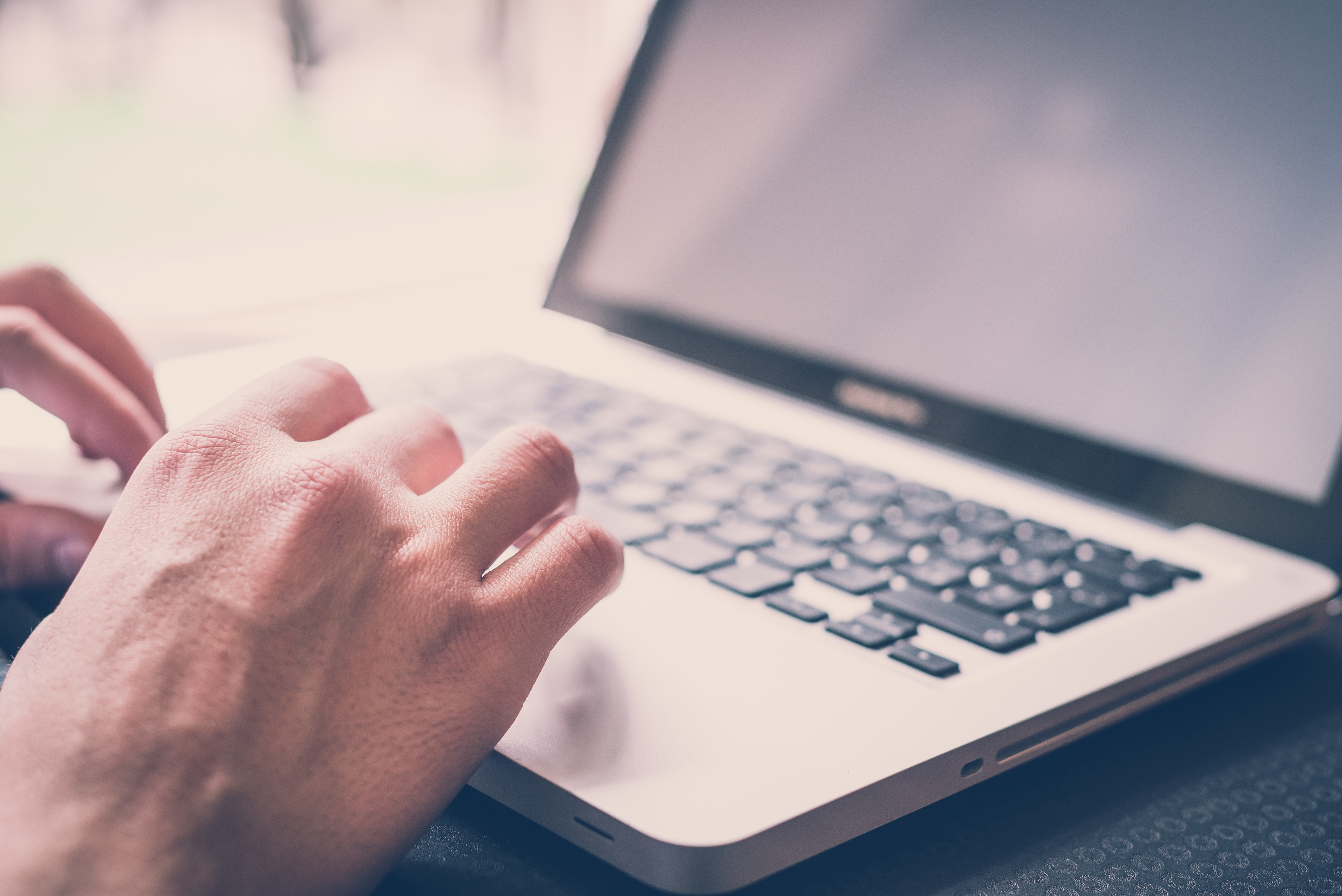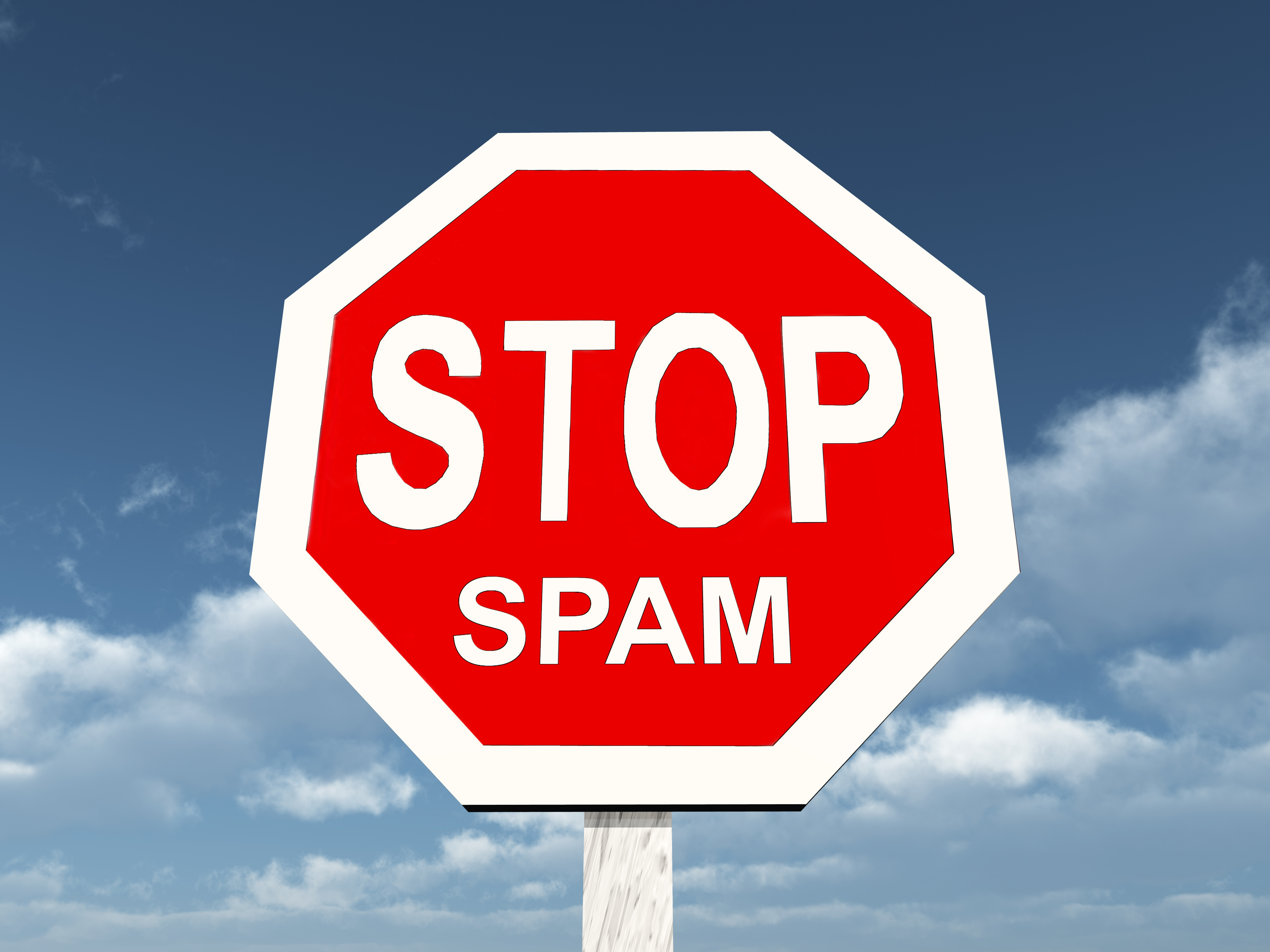Your laptop may be one of your most used devices – many of us work from them daily. It’s only understandable that they become dirty and need some good TLC.
Cleaning your laptop isn’t particularly easy, and you don’t want to damage your keyboard in the process. There are different solutions depending on what type of cleaning you want to do, check them out here.
First things first
- If you have important data on your laptop, back it up. It’s just precautionary.
- Turn your laptop off.
- Unplug your laptop and make sure no accessories are attached.
- Make sure you have the time. This isn’t going to get done in 10 minutes. Give yourself the time to focus and handle with care.
For dust
This is normal, over time your laptop accumulates dust and it may build up between and on the sides of your keys. You could grab a vacuum cleaner – but make sure it’s not just any vacuum cleaner.
What works best is a hand vacuum that has small brush attachments. If your full size vacuum doesn’t have ridiculously strong suction, you could a brush attachment with it, too. However, be careful, you don’t want your vacuum eating up any keys.
If you’re serious about your keyboard care, look into buying a micro vacuum attachment. Not many people would take that measure, but hey, if it matters to you, do it.
Grime
We’re talking about oils, skin cells, grease, food, dust and everything else that causes build up on your keyboard.
Using a melamine cleaning sponge is probably your best bet when it comes to cleaning up this grime. Once you have your sponge, soak it in water, ring it out, and let it dry enough so that you won’t leave streaks of water on your keyboard. Gently rub the sponge on the grime until it’s gone. This can be abrasive if you don’t go slow. This material is easy to cut, so if you want to get into the nooks and crannies of your keyboard, just cut off desired size.
Other sponges can get the job done, but may not be as effective.
Germs
Keyboards hold a lot of germs, and since we don’t typically clean them often, there may be a build up of nasty germs on your keyboard. We highly recommend getting out the disinfectant.
Isopropyl alcohol (rubbing alcohol) and cotton swabs can get the job done. Using rubbing alcohol is important here because stronger versions can burn off some of your keyboard letters. Cotton swabs and Q-tips are important because you don’t want any liquid on your keyboard.
Dip a Q-tip or cotton swab and make sure it’s not in danger of dripping. Wipe your keys one by one. Yes, it’s not the most fun task you’ll do all day, but you can do it next time you’re bored.
Spills
If you spilled something sticky across your laptop, first make sure the internal components are okay. Shut your laptop down and unplug your laptop. Don’t turn it back on until you’re sure any liquid has evaporated. Depending on how much you spilled, this could take a day or two.
A simple cloth or sponge is fine for the surface, but you probably need to go deeper to clean up residue trapped underneath. IF you can remove your keys and clean around them, do it. Just be gentle with using tools that can hurt your keys. If you can’t do so, take your laptop into a professional so you don’t risk any damage.


